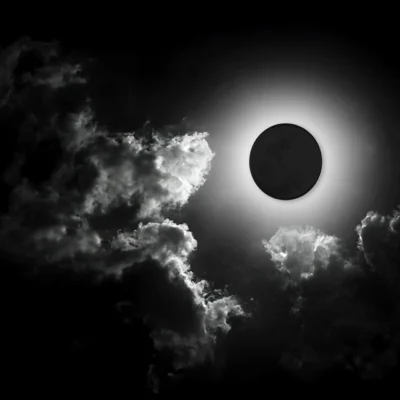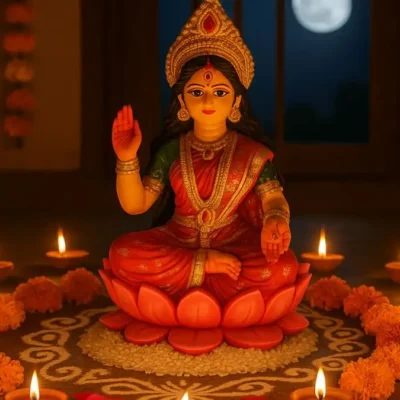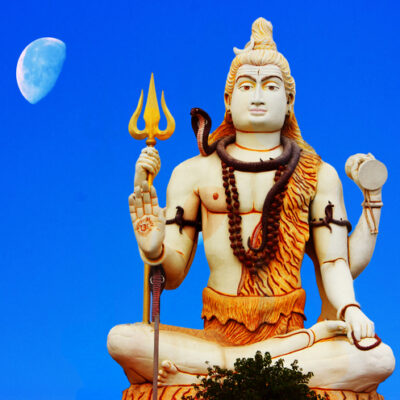Kalinjar Neelkanth Temple, Madhya Pradesh

Address
Kalinjar Neelkanth Temple, Madhya Pradesh
Tarahti Kalinjar Main Road near ramleela ground,
Ajaigarh Tehsil, Panna district,
Madhya Pradesh 210129
Moolavar
Neelkanth (Lord Shiva)
Introduction
The Neelkanth Temple is a significant religious and architectural site located within the Kalinjar fort in the state of Madhya Pradesh, India. The Neelkanth Temple is dedicated to Lord Shiva. Lord Shiva is one of the principal deities in Hinduism and is often associated with destruction and transformation.The temple is situated within the Kalinjar fort, which is perched atop an isolated rocky hill. This hill rises to an elevation of approximately 1,203 feet above sea level. The fort offers panoramic views of the surrounding Bundelkhand plains. The temple is located within the Kalinjar fort complex. he Neelkanth Temple is recognized as a monument of national importance and is protected by the Archaeological Survey of India (ASI).
Puranic Significance
The Neelkanth Temple’s historical and mythological significance is deeply rooted in the ancient lore of Hindu mythology. The temple’s association with Lord Shiva as Neelkanth is a testament to the rich tapestry of stories that surround Hindu deities. Here’s a summary of the temple’s connection to the legend of Lord Shiva as Neelkanth
Construction by King Paramardi: The Neelkanth Temple was built by King Paramardi of the Chandela Dynasty, who ruled during the 12th century CE. The temple is located within the Kalinjar fort, which is renowned for its historical importance and is considered one of the oldest forts in India.
Kalinjar Fort: The Kalinjar fort is not only known for its historical significance but also for its strategic location. It is among the forts constructed by the Chandela Kings. It holds a place in history for having resisted invasions, including those by Mahmud of Ghazni.
The Churning of the Ocean of Milk (Samudra Manthana): The temple’s connection to the legend of Neelkanth is based on the mythological event of the churning of the Ocean of Milk. During this cosmic churning, the Halahala poison emerged from the serpent king Vasuki and posed a grave threat to the universe. Lord Shiva, out of compassion and to protect creation, consumed the poison.
Mother Parvati’s Intervention: Upon consuming the poison, Lord Shiva’s throat turned blue, earning him the epithet “Neelkanth” (blue-throated one). However, the poison continued to burn within him. In a touching gesture, Mother Parvati placed her hand on Lord Shiva’s throat, preventing the poison from causing further harm. Her divine intervention and love halted the poison’s effects, and it remained trapped, thus saving Lord Shiva.
Lord Shiva’s Rest in Kalinjar: Following the consumption of the poison, Lord Shiva sought a place to rest and recover. He chose Kalinjar as his abode, where he achieved victory over death. The temple at Kalinjar is dedicated to Lord Shiva as Neelkanth, commemorating this episode in Hindu mythology.
The story of Lord Shiva as Neelkanth exemplifies the protective and compassionate nature of the deity, as well as the profound bond between Lord Shiva and Mother Parvati. The Neelkanth Temple, situated within the Kalinjar fort, serves as a living testament to this mythological narrative and continues to be a revered pilgrimage site for devotees and visitors alike.
Special Features
The Neelkanth Temple, situated within the Kalinjar fort, is a remarkable site of historical and religious significance.
Architecture: The temple’s architecture is a blend of styles from different periods. It comprises a rock-cut sanctum (garbhagriha) and a sixteen-pillared mandapa. The sanctum, dating back to the Gupta period, features intricate carvings and sculptures. In contrast, the mandapa is believed to have been constructed during the Chandela dynasty’s reign. The octagonal mandapa is an architectural marvel, with open skies above due to the loss of its roof, but the pillars and capitals are still well-preserved.
Carvings and Sculptures: The temple’s pillars are adorned with finely detailed sculptures that depict various aspects of Hindu mythology and iconography. Notably, the doorjambs of the sanctum showcase images of Lord Shiva and Parvati, accompanied by the river goddesses Ganga and Yamuna. Inside the sanctum, the presiding deity is Lord Shiva in the form of a Shiva Linga. The Linga is crafted from dark blue stone, stands at approximately 1.15 meters in height, and features three eyes.
Natural Water Source: One of the temple’s unique features is the presence of a natural water source situated above it. This water source never dries up, even during droughts or famines in the region. Water droplets from this source continually drip onto the Linga, keeping the throat portion of the Linga perpetually wet. This phenomenon is spiritually significant and adds to the temple’s sanctity.
Swarga Rohana and Kal Bhairav Sculpture: Just outside the temple, there is a deep rock-cut reservoir known as Swarga Rohana. To the right side of the temple, visitors can also witness a colossal sculpture of Kal Bhairav. This formidable image stands at around 24 feet in height and 17 feet in width, depicting Kal Bhairav with 18 arms and garlands of skulls. Intricate details such as snake earrings and armlets adorn the deity.
Rock-Cut Sculptures and Inscriptions: As visitors approach the temple, they will encounter various rock-cut sculptures depicting different forms of Lord Shiva, Parvati, Ganesha, Hanuman, and other deities from the Hindu pantheon. Additionally, the temple’s pillars and walls feature inscriptions, with one particularly significant inscription attributed to Chandel ruler Madan Verma.
The Neelkanth Temple’s rich history, architectural splendor, and mythological significance make it a place of reverence and intrigue for devotees and history enthusiasts alike. Its location within the formidable Kalinjar fort adds to its allure as a historical gem in the heart of India.
Century/Period
1165 – 1203 CE
Managed By
Archaeological Survey of India -Madhya Pradesh
Nearest Bus Station
Ajaigarh
Nearest Railway Station
Atarra Railway Station
Nearest Airport
Khajuraho Airport







